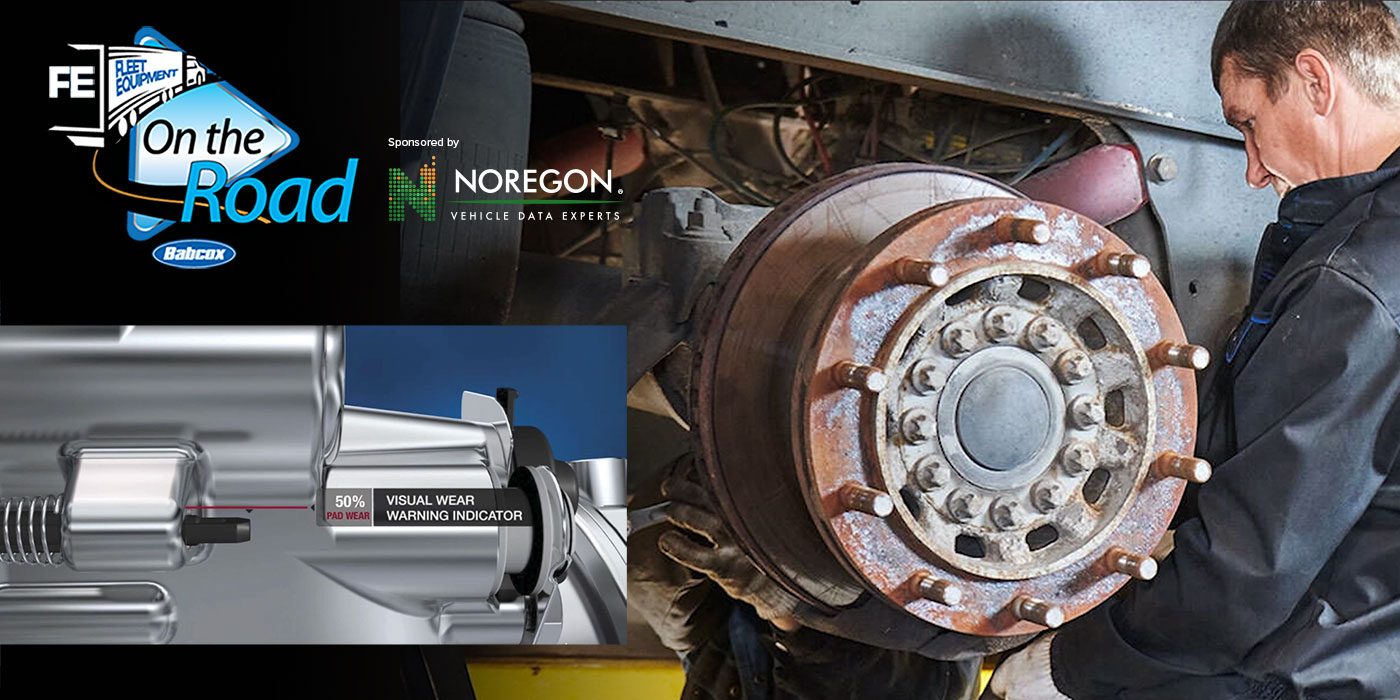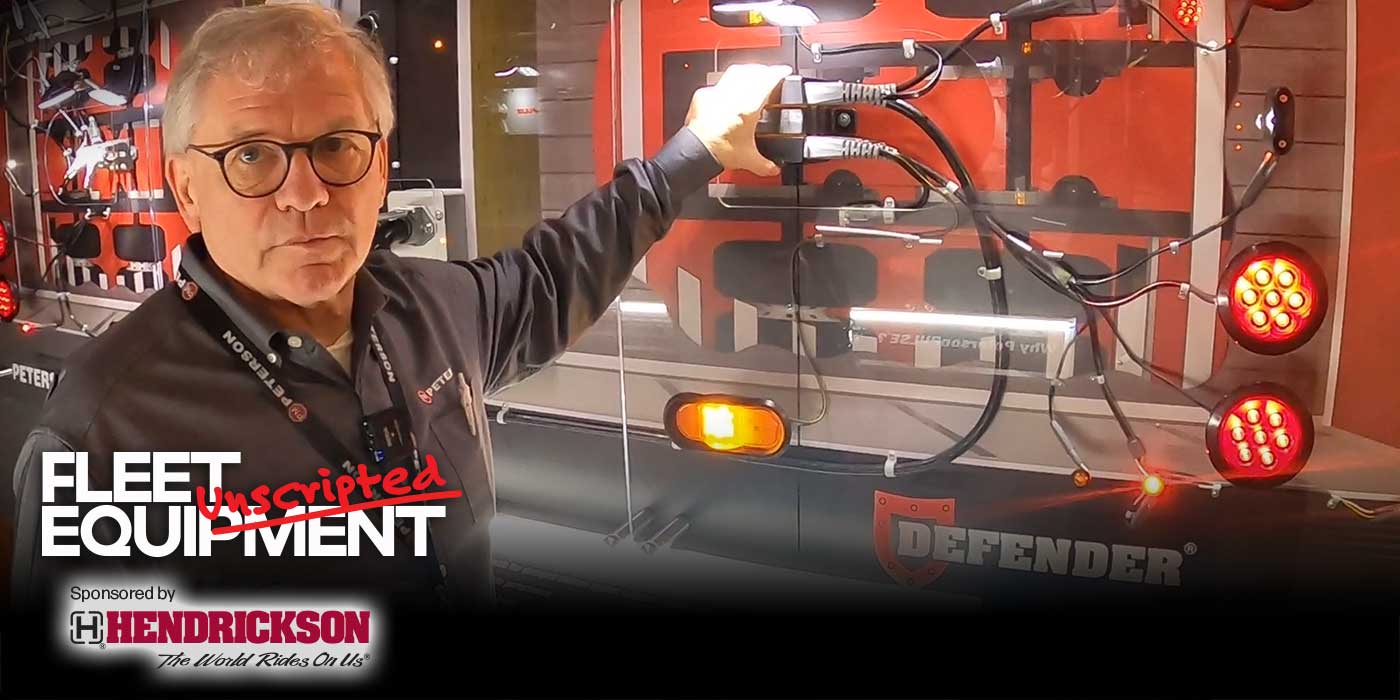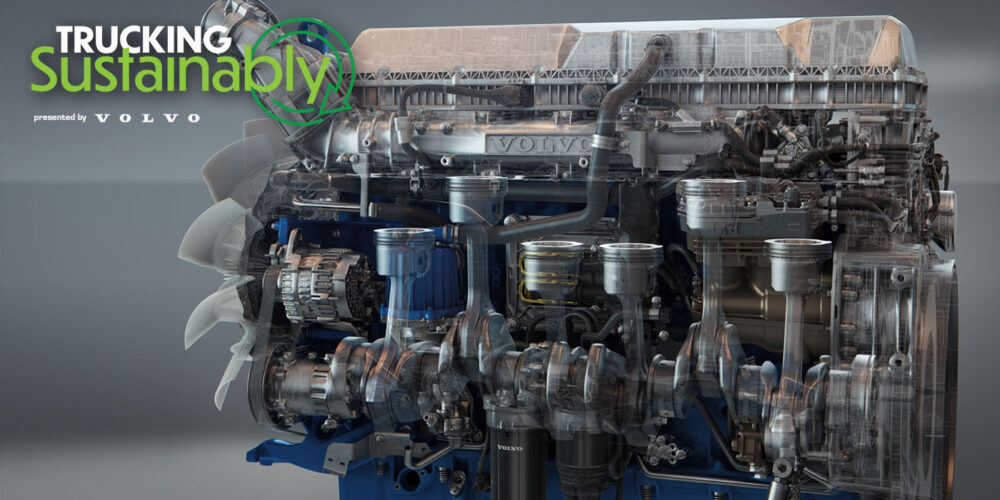Some tools are just not cut out for the job at hand. Say you have to trim down a tree, but the only tool you have readily available is a kitchen knife. Using a kitchen knife to trim down a tree is not safe, practical, or effective.
The same goes for the various segments that utilize heavy-duty trucks. While each one has a big task in its own respects, a truck spec’d for long-haul wouldn’t cut it in the world of vocational applications, nor should it. Each one is designed for substantially different tasks.
This holds true for more than just the tires and safety equipment, but also for the overall construction of the vehicle. For example, a long-haul truck is designed to travel long distances on highways, which requires a fuel-efficient engine and transmission, ergonomic considerations for the driver, and a larger fuel tank.
A vocational truck like a dump truck or concrete mixer, is designed to operate in off-road environments and handle heavy loads. It requires a powerful engine, specialized transmission, and sturdy construction to withstand the demands of the job and terrain. It is essential to choose the right tool for the job, and the same applies to choosing the right vehicle components for a specific duty cycle.
Navistar, the parent company of International Trucks, has played a role in developing solutions that cater to the various demands of the industry’s different segments.
First introduced in August of 2022, International launched the S13 Integrated Powertrain for the on-highway market for its LT and RH Series models. Consisting of three distinct components – an engine, a transmission and an aftertreatment system, the powertrain was designed simultaneously to ensure peak operational efficiency and the company states that it is the lightest powertrain available on the market.
More recently, the company launched its product offering into the vocational space. This then begs the question: How are diesel engines different in vocational applications as opposed to what comes standard in OTR vehicles?
I spoke with Jonathan Hutchison, Navistar’s senior powertrain launch manager, to find out.
“We’re able to then also go into the vocational space when it comes to performance and power for the different vocational applications. So smoother shifting at low speeds, different drive modes such as paver mode, split shaft mode, rock free. We have another mode called turtle mode, which is good for low-speed maneuvering, as well as our torque management system. So we’re able to use the same T14 transmission with both our on-highway, which is now gone to about 215 rear axle ratios. So with the downed configurations we’re seeing, so we’re able to get that great start ability and gradeability for an on-highway as we are with a vocational model as well.
“[Navistar] has the lightest powertrain, and that means more payload, so that means more revenue in your pocket, more productivity and more performance on the job site.”
And what are some equipment spec’ing options available for various vocational applications?
“When we come to long haul our two options for spec’ing vehicles on over-the-road vehicles are, you have your economy and you have your performance, or you have your economy and your performance plus. When it comes to vocational trucks, you’re going to have three drive modes and that’s performance, performance plus and off-road. So you’re going to have more of a vocational feel when it comes to your options for spec’ing the S13 integrated powertrain.
“When you’re talking to vocational customers and on-highway customers, they know what elements impact their business and when their truck is down, they know what parts are going to fail. Reducing the complexity allows us to be able to have the conversation of uptime and have those conversations of, “Hey, you’re going to be up more on the road and you’re going to be on the job site more with more productivity.”
Choosing the right vehicle components for a specific task is critical to ensure optimal performance, reliability, and efficiency, especially when the road gets rocky, the right specs could make all the difference.













